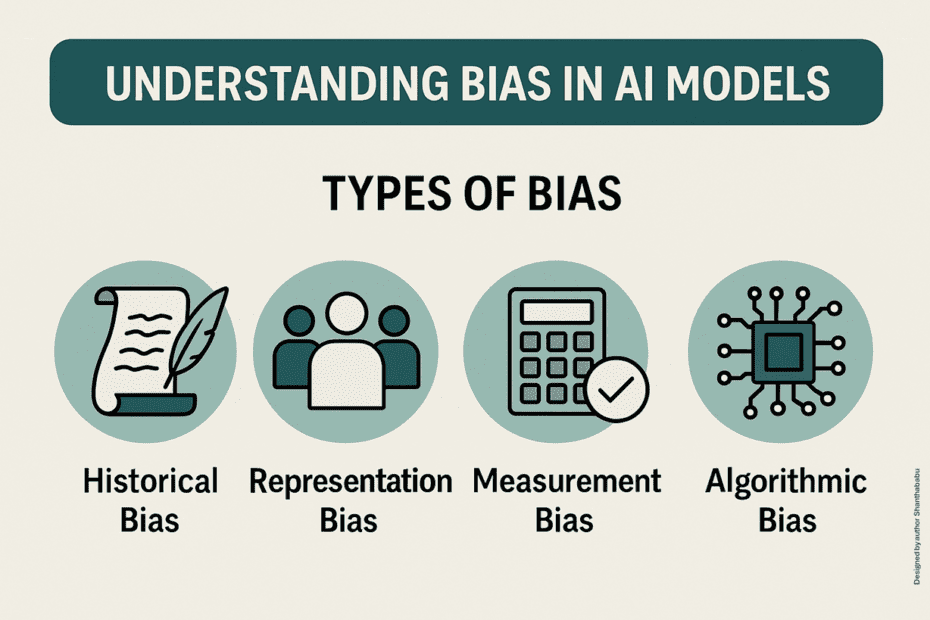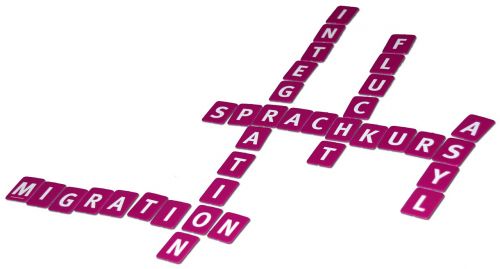How to architect a scalable data pipeline for HealthTech applications
HealthTech runs on data. From patient vitals and lab results to insurance claims and wearable device streams, there’s a constant firehose of information flowing in.… Read More »How to architect a scalable data pipeline for HealthTech applications











